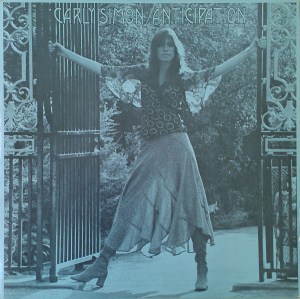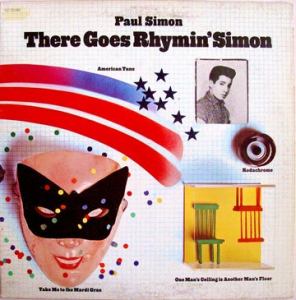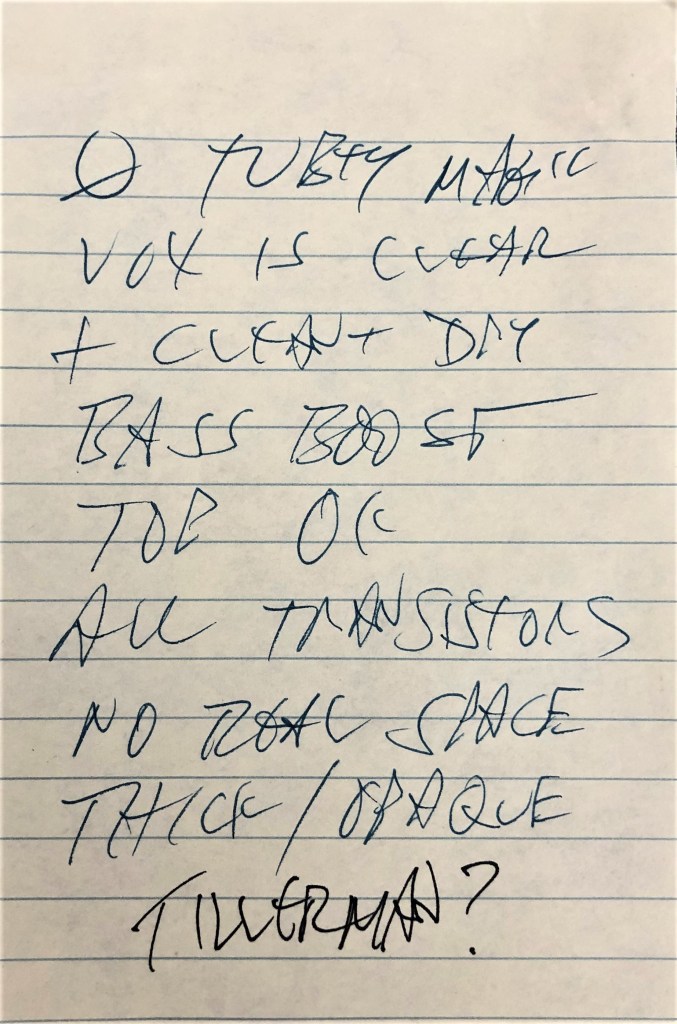More Cat Stevens
More Reviews and Commentaries for Mona Bone Jakon
- Boasting two seriously good Double Plus (A++) sides, this early A&M pressing of Cat Stevens’ brilliant third album is doing just about everything right
- So transparent, open, and spacious, nuances and subtleties that escaped you before are now front and center
- When you play “I Wish, I Wish” and “I Think I See The Light” on this vintage pressing, we think you will agree with us that this is one of the greatest Folk Rock albums of them all
- One of the most underrated titles on the site – you owe it to yourself to see just how good the album that came out right before Tillerman can be when it sounds this good
- If you are looking for a shootout winning copy, let us know – with music and sound like this, we hope to be able to do this shootout again soon
- 4 stars: “A delight, and because it never achieved the Top 40 radio ubiquity of later albums, it sounds fresh and distinct.”
- We’ve recently compiled a list of records we think every audiophile should get to know better, along the lines of “the 1001 records you need to hear before you die,” but with less of an accent on morbidity and more on the joy these amazing audiophile-quality recordings can bring to your life. Red Clay is a good example of a record most audiophiles may not know well but should.
- If you’re a fan of Folky Pop, this Cat Stevens album from 1970 is surely a Must Own
So many copies excel in some areas but fall flat in others. This side one has it ALL going on — all the Tubey Magic, all the energy, all the presence and so on. The sound is high-rez yet so natural, free from the phony hi-fi-ish quality that you hear on many pressings, especially the reissues on the second label.
Right off the bat, I want to say this is a work of GENIUS. Cat Stevens made three records that belong in the Pantheon of greatest popular recordings of all time. In the world of Folk Pop, Mona Bone Jakon, Teaser and the Firecat and Tea for the Tillerman have few peers. There may be other Folk Pop recordings that are as good but we know of none that are better.
Mike Bobak was the engineer for these sessions from 1970. He is the man responsible for some of the best sounding records from the early ’70s: The Faces’ Long Player, Rod Stewart’s Never a Dull Moment, The Kinks’ Lola Versus Powerman And The Moneygoround, Part One, (and lots of other Kinks albums), Carly Simon’s Anticipation and more than his share of obscure English bands (of which there seems to be a practically endless supply).
Tubey Magical acoustic guitar reproduction is superb on the better copies of this album. Simply phenomenal amounts of Tubey Magic can be heard on every strum, along with the richness, body and harmonic coherency that have all but disappeared from modern recordings (and remasterings). (more…)


 More of the Music of Cat Stevens
More of the Music of Cat Stevens For the record, I would like to stipulate that But I Might Die Tonight, all two minutes of it, is a song I now know inside and out. Like an expert witness called into court, I can demonstrate that I have earned the right to judge any stereo playing this song. Likewise I am confidant in my ability to judge the quality of any version of the song, whether on vinyl, CD, or any other media you care to name.
For the record, I would like to stipulate that But I Might Die Tonight, all two minutes of it, is a song I now know inside and out. Like an expert witness called into court, I can demonstrate that I have earned the right to judge any stereo playing this song. Likewise I am confidant in my ability to judge the quality of any version of the song, whether on vinyl, CD, or any other media you care to name.






